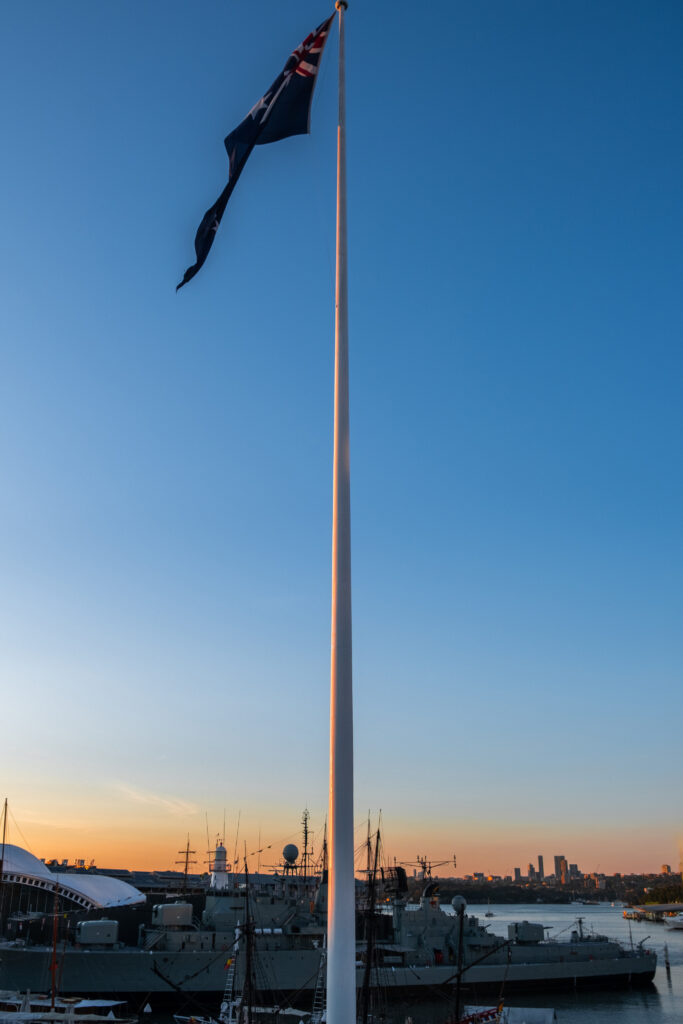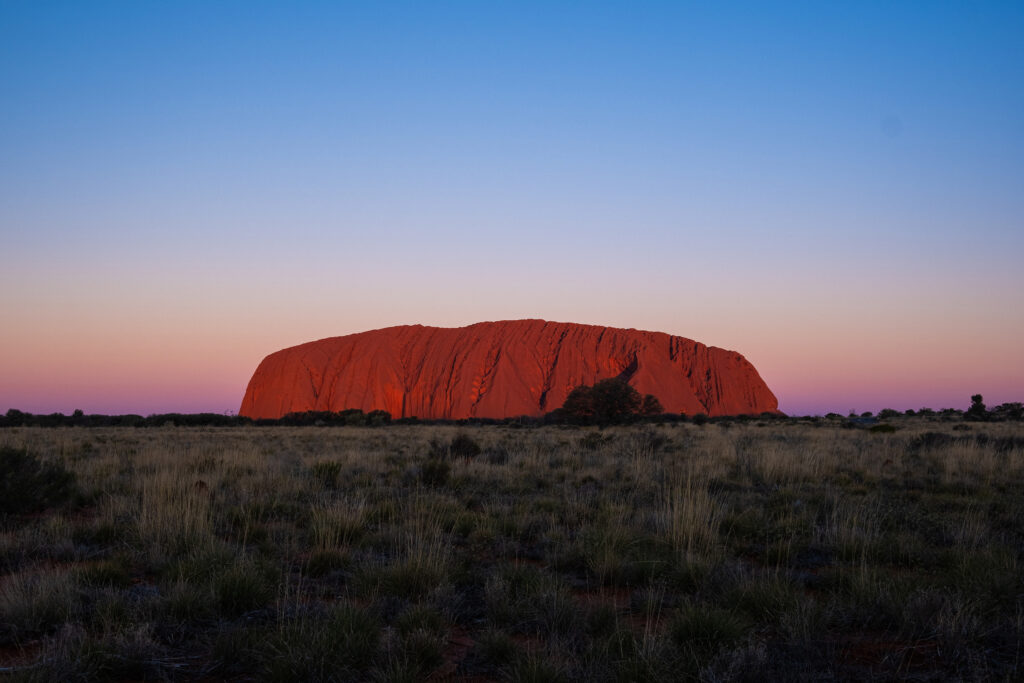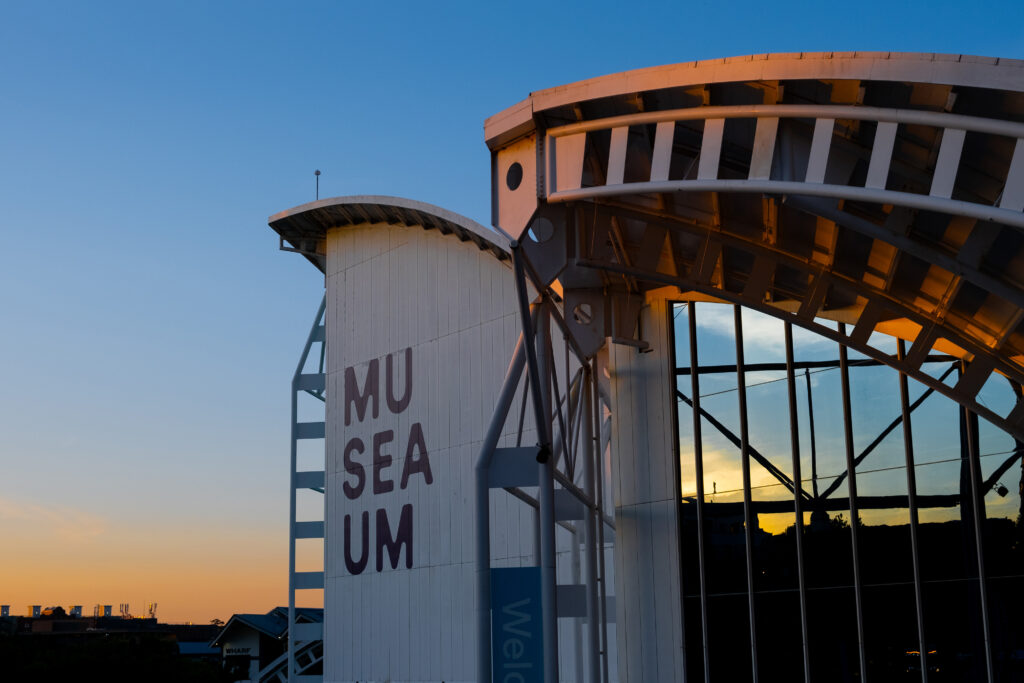I have been living near Darling Harbour (only a 30-minute walk away) for three years, and I enjoy strolling along the Harbour with a cup of coffee to relax after a busy day of university work. Interestingly, however, it was only my first visit to the Australian National Maritime Museum three weeks ago with my fellow classmates of HSTY3811 History Beyond the Classroom. I must admit that I have been missing quite a lot whenever I visited Darling Harbour – especially as a student studying Australian History.
Australia is a huge island nation, and our histories, narratives, and even daily lives are closely related to the ocean. This is exactly what and how the Australian National Maritime Museum hopes to inform Australians with – connecting past, present and future and challenging existing narratives with a modern perspective of Australian history abounding with stories and peoples who had different relationships with the sea: First Nations Peoples’ living cultural connections to Mother Nature; British arrival and the establishment of the colony; arrivals of immigrants from the gold rush period till nowadays for the opportunities and the praise of multiculturalism here in Australia.

I was not raised in Australia yet has been studying Sociology and Australian History here in Sydney for a few years, and have listened to different histories told through stories throughout the past few years when I am on domestic trips to places like Uluru, Ballarat and more. During the visit to the Maritime Museum, I learnt about artefacts that did not have the opportunity to be publicly exhibited despite their historical importance, such as the ballasts thrown off HMB Endeavour in 1770 by Lieutenant James Cook and its crew. And a visit to Uluru last year allowed me to learn about how First Nations peoples have different epistemologies and how they pass on knowledge through storytelling and lore (My apologies for not being able to tell the stories here, as some of them must be learnt on-site, and mostly importantly, I prefer not to represent First Nations peoples without the consultation with them). Therefore, I wonder what it is like to tell Australian history as an “outsider.” I believe there must be more of these “untold” or “unpopular” stories or artefacts that should be made known to the public, and potentially to connect peoples in society with these histories.

When talking about all the histories and stories behind different societies and peoples, it is clear that the Australian National Maritime Museum is not just about boats. It is the waters which shaped our nation, it is the people who lived through a diverse experience and explored the land and the ocean. By preserving and sharing the stories of people from different communities, I believe that the public interest and curiosity towards the relationships between us and the ocean can be sparked, providing more opportunities for us to explore our diverse cultures, lifestyles and narratives – to continue respect and cultivate what “multiculturalism” really means.

